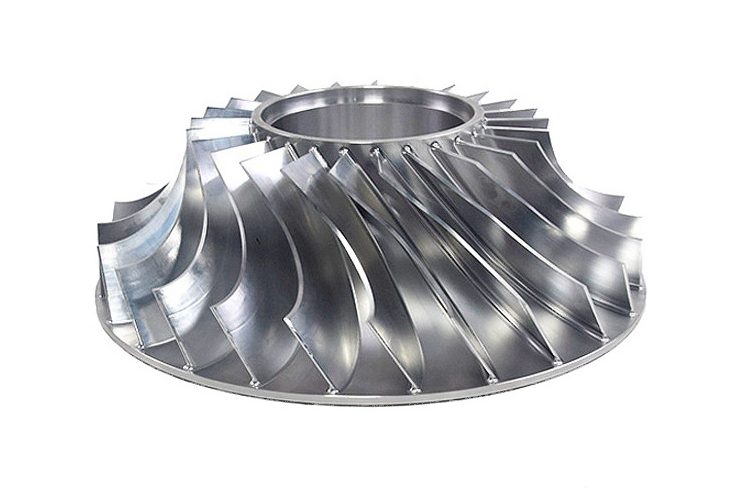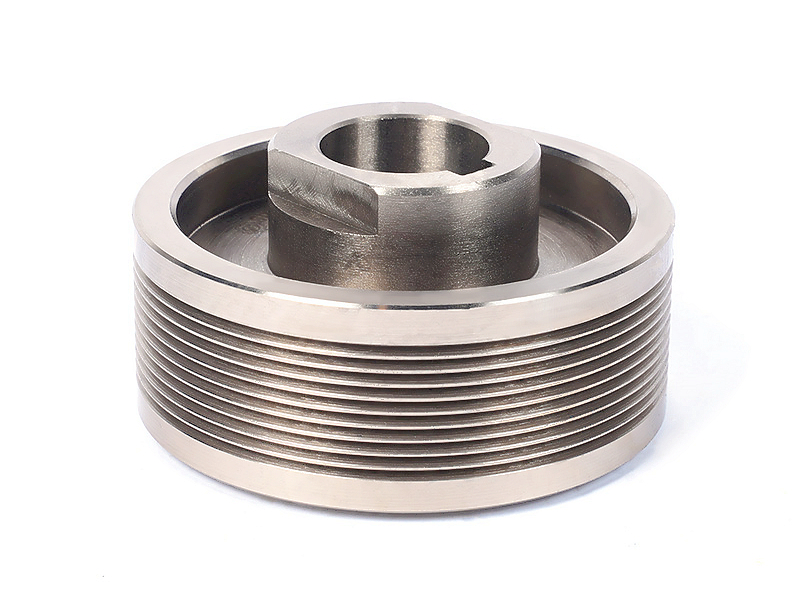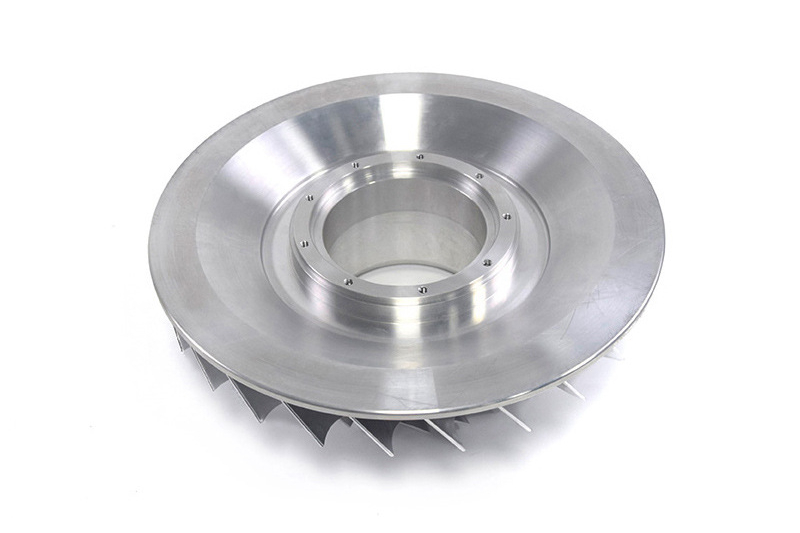What cooling method best overcomes titanium’s low thermal conductivity?
Overcoming titanium's notoriously low thermal conductivity during machining requires a proactive and aggressive cooling strategy that prioritizes heat extraction at the source, rather than general flood cooling. The most effective method is a combination of high-pressure through-tool coolant and, for the most demanding applications, advanced cryogenic systems.
High-Pressure Through-Tool Coolant (HPCC)
This is the industry-standard and most widely adopted solution for serious titanium machining. Unlike traditional flood cooling, which often fails to penetrate the chip-tool interface, HPCC systems deliver coolant at pressures ranging from 70 to 1,000 bar directly through channels in the tool holder and cutting insert. This high-velocity stream performs three critical functions simultaneously: it fractures the chip for easier evacuation, forms a hydraulic wedge that lifts the chip away from the rake face, and most importantly, penetrates the microscopic contact points to carry away the intense, localized heat before it can transfer into the tool. This method can increase tool life by several multiples compared to conventional flood cooling and is a cornerstone of our Titanium CNC Machining Service and CNC Milling Service for optimizing both productivity and part quality.
Cryogenic Machining
For the most extreme applications where even HPCC reaches its limits, cryogenic cooling represents the technological frontier. This process uses liquid nitrogen (LN2), delivered as a supercold mist through the spindle and tool, to actively refrigerate the cutting zone. The extremely low temperature (around -196°C) not only drastically reduces the workpiece and tool temperature but can also induce a beneficial phase change in the titanium, temporarily reducing its ductility and making it more brittle and easier to shear. This results in thinner, more easily broken chips and a significant reduction in cutting forces and tool wear. While requiring specialized equipment, cryogenic machining is unparalleled for high-speed machining of aerospace alloys and is a key differentiator in advanced Superalloy CNC Machining Service.
Optimized Toolpath Strategies for Thermal Management
The cooling method is only half the solution; the machining strategy must also be designed to manage heat. Utilizing techniques like trochoidal milling and dynamic milling, which maintain a constant, low radial engagement and high feed rate, allows the tool to spend most of its time cutting in a cool, undisturbed environment. This "air-cutting" time allows the coolant to effectively cool the tool before it re-enters the cut, preventing the cyclical heating and cooling that leads to thermal cracking and premature tool failure. This strategic approach is integral to our Multi-Axis Machining Service, which enables optimal tool orientation and engagement for thermal control.
The Limitations of Conventional Flood Cooling
It is critical to understand why standard flood cooling is largely ineffective for titanium. Due to the material's low conductivity, heat generated at the shear zone is concentrated within a few millimeters. The high-pressure coolant stream from HPCC is necessary to break through the vapor barrier that forms around the cutting edge—a barrier that flood cooling cannot penetrate, effectively creating an insulating layer and rendering the coolant futile for primary heat extraction.
Engineering Guideline for Selection
For most production titanium machining: High-Pressure Through-Tool Coolant (70-300 bar) is the recommended and most cost-effective solution.
For high-speed machining, difficult-to-machine alloys like Ti-5553, or when tooling costs are prohibitive: Cryogenic Cooling should be evaluated for its superior performance gains.
For all operations: Cooling must be combined with optimized toolpaths, sharp geometry tools, and correct parameters to be fully effective.
Ultimately, the integration of these advanced cooling techniques with our Precision Machining Service ensures that thermal deformation is minimized, dimensional accuracy is held, and the metallurgical integrity of the titanium component is preserved.



